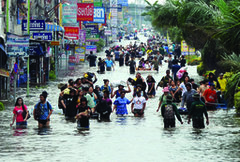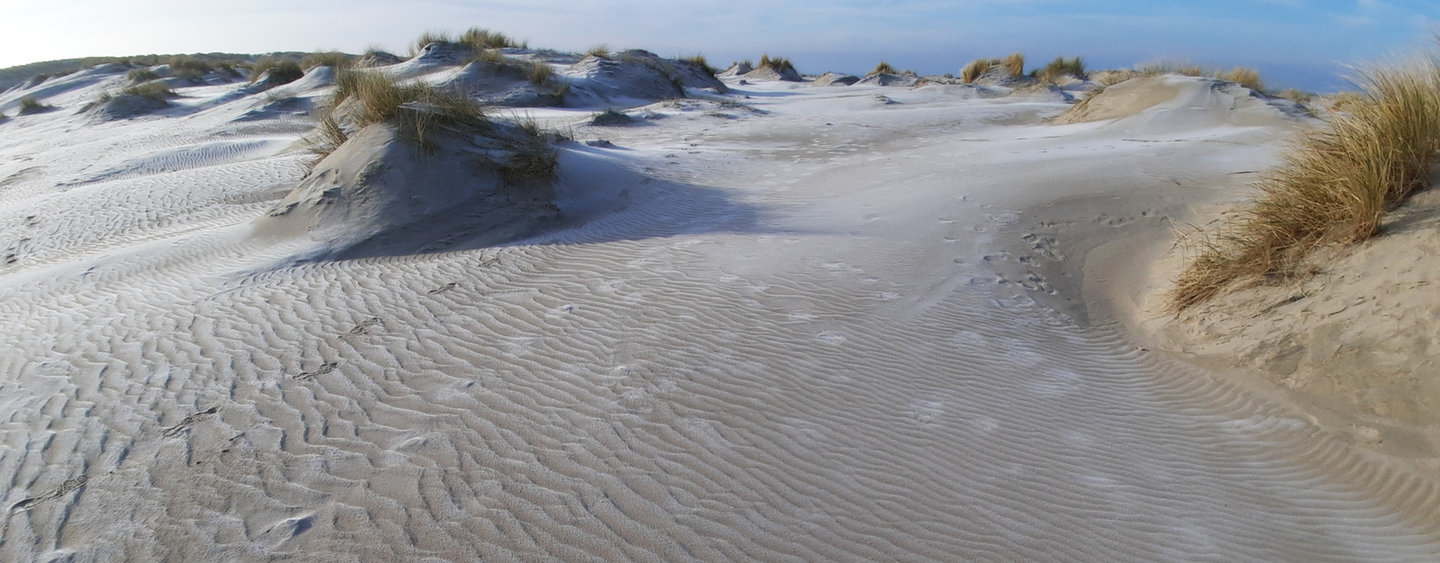
Understanding the coastal system is a constant challenge
The Dutch coast with its dunes is essential for flood risk management. Systemic knowledge is indispensable given the complex dynamics around the coast, says Director of Safety and Water Katja Portegies of Rijkswaterstaat. “With sea level rise and land subsidence along the coast, we may need to monitor even more. And adapt our maintenance approach, if necessary, in line with new insights.”
What makes coastal maintenance so complex?
“The coast is a dynamic system that is constantly changing. Wind, waves and currents affect it. It goes without saying that maintenance – which is our responsibility here at Rijkswaterstaat – is also dynamic. So we are monitoring and investigating continuously to know where we stand. That also includes looking at possible developments in the future such as sea level rise and land subsidence along the coast.
Another complicating factor is that there are an enormous number of parties involved, each with their own interests. Entrepreneurs, for example, municipal authorities, water authorities, nature organisations, drinking water companies and provincial authorities. Many interests come together, both on the coast and at sea. The stakes are enormous for nature, and the fishing sector is also following developments closely. After all, their livelihoods are on the line. We are talking to everyone and we are sharing knowledge with them”.
What is the added value of Deltares when it comes to keeping coastline protection up to standard?
“Where coastal maintenance is concerned, you can't just depend on whether or not a market party is willing to take on the job. The knowledge has to be available at all times. Here in the Netherlands, we live in a delta. Our safety is at stake. The Deltares researchers and specialists ensure that the research results are properly interpreted and that they can be applied in practice. In this way, we produce sound policy recommendations and decisions about management and maintenance. This is an interactive process in which our people help to make each other stronger.”
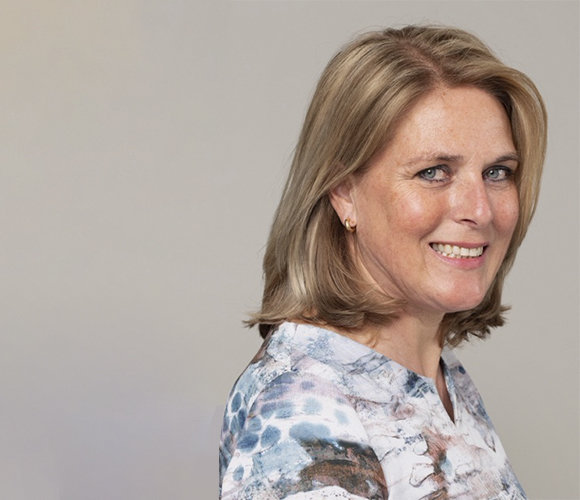
Katja Portegies, Rijkswaterstaat Director of Safety and Water
Katja Portegies works as the Director of Safety and Water at Rijkswaterstaat's national Water, Traffic and Living Environment (WVL) service. She also currently has a range of board positions with the Foundation for Applied Water Research (STOWA), the Water Information and Data Centre, and the Netherlands Water Partnership (NWP).
We now know quite a lot about the coastal system. Why is it important to continue monitoring and researching?
“Rijkswaterstaat wants to keep its systemic knowledge about the coast up-to-date. There are so many uncertainties. The sea is a living organism. Neglecting this area would impair our capacity to respond effectively to unexpected events. That is why we are, and will remain, serious about this. With sea level rise and land subsidence along the coast, we may need to monitor even more. And adapt our maintenance approach, if necessary, to the new insights.”
Read more about the Zandmotor
The Sand Motor, the artificial peninsula on the coast near Monster, is not spreading sand as fast as expected. What are the implications for nourishment operations in the future?
“We must always assume there will be some degree of uncertainty with sand nourishment. Fortunately, we collect an incredible amount of data. We can do more and more inside the bandwidth of current knowledge and I think we are doing that very well in collaboration with the field. That involves learning on the job. During operations, we are also learning about the effects on nature. Which species respond well to sand nourishment; which species don't? Concrete insights that we can use on subsequent projects. This is our approach with the Sand Motor and also in the Marker Wadden and the Ameland tidal inlet.”
The Coastal Genesis 2.0 research programme was completed this year. What has it delivered?
“Coastal Genesis has defined as clearly as possible how much sand we will need in the time to come, and where and when we should deposit it. We would like to say that about the same amount is needed each year but that wouldn't seem to be the case, certainly in the long term. The coast is a capricious system; you have to adapt to that dynamic. Establishing how much sand we need is a constant concern: you have to keep an eye out for new developments all the time.”
Is there enough sand available?
“It looks like we can manage quite large amounts until 2100. Enough sand is also available in the locations we have in the North Sea. But we have haven't made comparisons yet for 1, 3 or 5 metres of sea level rise. We'll be tackling that in the next few years. In collaboration with Deltares, we're working on the Minerals Information System. Given the background of the pressures on the North Sea, from shipping channels to wind farms, we have to make very sure that the space we need to extract sand remains available.”
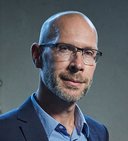
“If the Netherlands wants to maintain its leading position, we must be daring and innovate in terms of content and in the alliances between research institutes, the market and government. The question that preoccupies me is: are we moving fast enough?”
Tjeerd Roozendaal, Chief Engineer-Director of Programmes, Projects and Maintenance (HID PPO) at Rijkswaterstaat
What are the other challenges for coastline protection in the short term?
“They relate mainly to sustainability. Nourishment operations produce carbon emissions. We are looking at how we can organise them on different lines. Another challenge is pressure on space in the coastal area. The pressure comes from the fact that we want to do more and more in the same available space with more people. How can we make sure safety isn't forgotten in the process? That's an issue that is always there. Until another huge storm arrives, causing a lot of damage. At times like that, everyone realises again that nature is capricious and that we have to respect the coast.”
The alliance between Deltares and Rijkswaterstaat to deliver knowledge about the Dutch coast is seen in numerous projects. Some large and eye-catching examples include:
Coastal Genesis 2.0: a study of sediment demand on the Dutch coastline
Monitoring and evaluation of the Sand Motor
Knowledge for management and maintenance: evaluation of nourishment (including ecological approaches), research into new types of nourishment, the development of a coastal viewer, learning about land subsidence and the subsurface
Minerals Information System to chart the availability of sand in the North Sea
Mapping out the morphological development of tidal basins (such as the Wadden Sea, Western Scheldt and the Eems)
More information
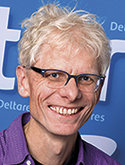
Marcel Taal
Deltares coastal expert
